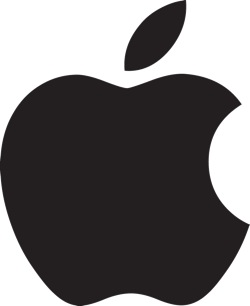 Patently Apple is one of my favorite sites to watch for news on Cupertino’s latest and greatest, and its latest post is no obsession. The site has dug up patents that indicate the company has worked on the idea of integrating pico projectors into iOS devices, as well as developing some type of projector accessory for Mac devices.
Patently Apple is one of my favorite sites to watch for news on Cupertino’s latest and greatest, and its latest post is no obsession. The site has dug up patents that indicate the company has worked on the idea of integrating pico projectors into iOS devices, as well as developing some type of projector accessory for Mac devices.
What’s a pico projector? The devices have become popular as a low-cost way to project an image anywhere. I’m seeing more and more of them at tech shows lately, although typically as a standalone device and not integrated like we’re seeing here.
There’s definitely a cool factor: as well as offering the projection capabilities you’d expect, Apple’s patent involves making the projected images gesture enabled. Say you have two iOS projecting devices side by side, for example. You could transfer the projected content from one device to the next by swiping. Pretty cool, eh?

 Apple has announced pricing for its upcoming iCloud service. In typical Apple fashion, the company kept things simple. 5GB of online storage is free; 10GB is $20 a year; 20GB is $40 a year; 50GB is $100 a year. (Most other cloud-storage companies price by the month rather than the year, which makes it tougher to judge what you’re really going to shell out–if you find one of these services useful, you’re going to use it indefinitely, not one month at a time.)
Apple has announced pricing for its upcoming iCloud service. In typical Apple fashion, the company kept things simple. 5GB of online storage is free; 10GB is $20 a year; 20GB is $40 a year; 50GB is $100 a year. (Most other cloud-storage companies price by the month rather than the year, which makes it tougher to judge what you’re really going to shell out–if you find one of these services useful, you’re going to use it indefinitely, not one month at a time.)


